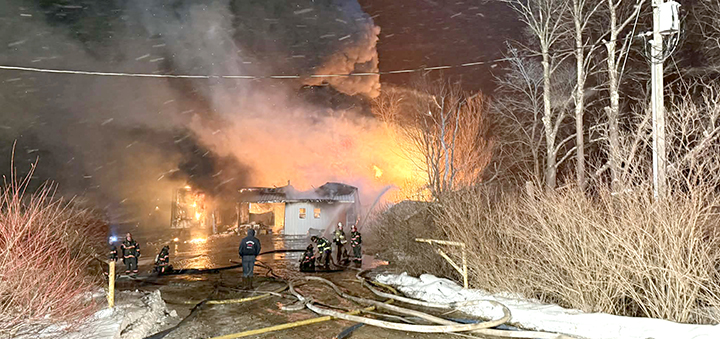Where will water for gas drilling come from, and who will dispose of it?
NORWICH – The municipal water treatment plant in the Village of Sherburne has accepted an undisclosed amount of waste water from local natural gas drilling operations since the spring, and the City of Norwich accepted 20,000 gallons for the first time last week.
Public works directors at much smaller capacity plants in the villages of Greene, Oxford and Bainbridge said they had not been approached.
“I guess they’re coming, though, right?” said Bainbridge DPW superintendent Jeff Webb.
With 10 wells in Chenango County currently targeting the Marcellus Shale, and the possibility of 100s more to come in the future – based on fast-paced land leasing activity here and the New York Department of Environmental Conservation’s website - Webb’s concern is warranted. Each well drilled into the Marcellus requires hydro-fracing, a process that utilizes between 50,000 to 1 million gallons of water per well.
Where gas companies obtain the water needed for drilling, and where they later dispose of it, are hot button issues for environmentalists and regulators today. The Susquehanna and Delaware Rivers, they fear, could be threatened by the large quantities of water needed to tap into the profitable layer of Marcellus Shale found under much of Central New York. And, they say, an unknown mixture of chemicals and solvents needed to crack the shale might later contaminate drinking water downstate.
The questions have prompted Governor David Paterson to call on the DEC for more drilling oversight, a process that has slowed the permitting process in the Marcellus.







Comments